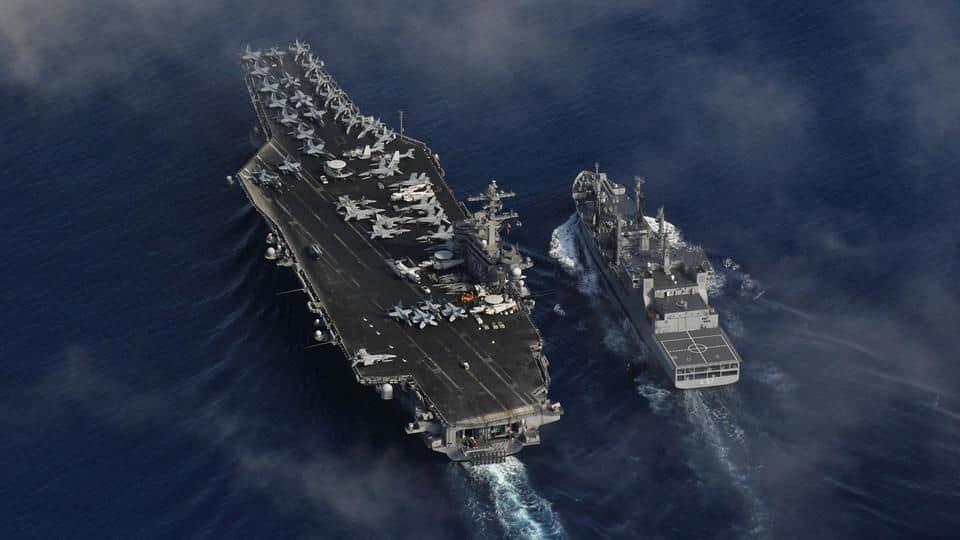
Controlling the Indo-Pacific: India, US, Japan Australia resurrect quadrilateral dialogue
What's the story
In recent times, the Indo-Pacific region has emerged as the fulcrum of global security and economic developments.
The US, Japan, Australia, and India have held a quadrilateral dialogue on the sidelines of the ongoing ASEAN summit.
The dialogue is aimed at bolstering their influence over the region against China's expanding presence.
The dialogue has been termed the first official meeting on the Indo-Pacific.
Meeting
Resurrecting the quadrilateral: Key goals laid down in first meeting
Representatives from India, Japan, Australia and the US agreed to mutual goals for the future of the Indo-Pacific.
They discussed enhancing cooperation based on "a converging vision of peace and prosperity" and "maintaining a rules-based order" in the region.
The discussions also revolved around addressing the North Korea crisis, enhancing connectivity and countering the threat from terrorism.
Do you know?
What is the Indo-Pacific?
There is no clear consensus what constitutes the Indo-Pacific. It's generally regarded as the region stretching from the Indian Ocean until the western and central Pacific Ocean. In recent times, the region has played host to dynamic events, including the rise of ISIS and China.
Background
From Asia-Pacific to Indo-Pacific
In recent times, the Trump administration has been highlighting a "vision for Indo-Pacific co-operation", a departure from US policy focus on Asia-Pacific.
Analysts believe that this is being done to enhance India's role in the region, while also excluding China from the Asia-Pacific construct.
An unhappy China seems determined to ensure an "Asian" future and views the Asia-Pacific as its domain.
Details
How does the Trump administration view India?
Analysts view Washington's stress on Indo-Pacific as a result of growing Indo-US convergence.
The Trump administration has been increasingly echoing India's views on various matters, including pressuring Pakistan to act on home-grown terror.
It also wants India to play a bigger role in Afghanistan and in countering China.
Modi and Trump's close personal chemistry has helped cast India in a favorable light.
Analysis
What does this mean?
All the members of the quadrilateral are wary of China whose threat, among others, appears to be the glue holding the group together.
The quadrilateral has outlined a common vision for the region's future.
A similar initiative, Quadrilateral security dialogue initiated in 2007 had fizzled out by 2010.
It needs to be seen if the current quadrilateral dialogue translates into something solid.